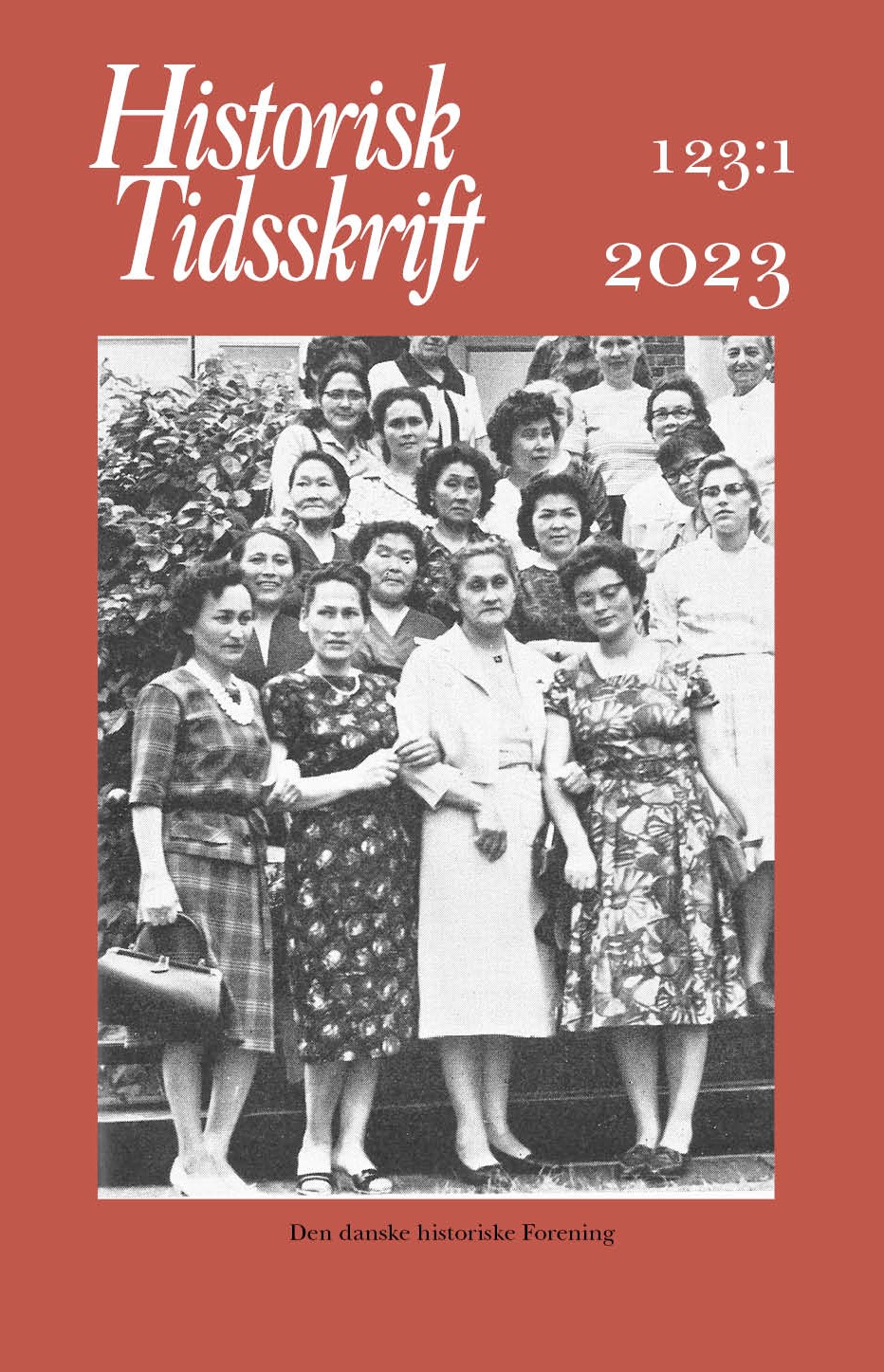Afkolonisering, boliger og kvindeforeninger i Grønland ca. 1945 til 1970
DOI:
https://doi.org/10.7146/ht.v123i1.138930Resumé
Decolonization, Housing and Women’s Associations in Greenland, c. 1945-1970
Housing was one of the most fundamental areas of change in Greenland after World War 2. Politicians, experts, and officials established programs aimed at nothing less than replacing all Greenlandic housing facilities. When Greenlandic women's associations began to engage with the issue in the mid-1960s, housing also became an important mobilization point for Greenlandic civil society.
This article shows, firstly, that the high modernist ideas of efficient and rational planning of housing and social life in Greenland did not take hold until the 1960s, when multi-storey housing gradually became dominant. Secondly, in addition to the aim of improving health and living conditions in the country, housing planners operated on the assumption that the new housing could facilitate Greenlanders’ adaption to 'modern life'. Housing was thus a key reform tool. Finally, the analysis shows that housing projects had a far-reaching effect on Greenlandic society in terms of mobilization. The debate raised by the women's associations shows different attitudes and desires in relation to housing and lifestyles. On the one hand, many wanted modern housing with up-to-date facilities. On the other hand, they wanted influence on the development and for the housing to be adapted to a Greenlandic context.
Downloads
Publiceret
Citation/Eksport
Nummer
Sektion
Licens
Ophavsret til bidrag i Historisk Tidsskrift tilhører forfatterne og Den danske historiske Forening som udgiver af Historisk Tidsskrift. For illustrationer gælder den ophavsret, som står anført i billedteksten. Ophavsretslovens almindelige bestemmelser gælder, hvilket vil sige, at ophavsretten gælder i 70 år efter forfatterens død. Bidrag i Historisk Tidsskrift må derfor, med forbehold for en ”moving wall” på tre år, frit downloades, læses, gemmes, anvendes og citeres (med kildeangivelse) i privat og videnskabelig sammenhæng, men de må ikke helt eller delvis genudgives af tredjepart, heller ikke i redigeret form, uden tilladelse fra forfatterne og Den danske historiske Forening. Henvendelse skal i så fald rettes til Historisk Tidsskrifts redaktion på histtid@hum.ku.dk.





